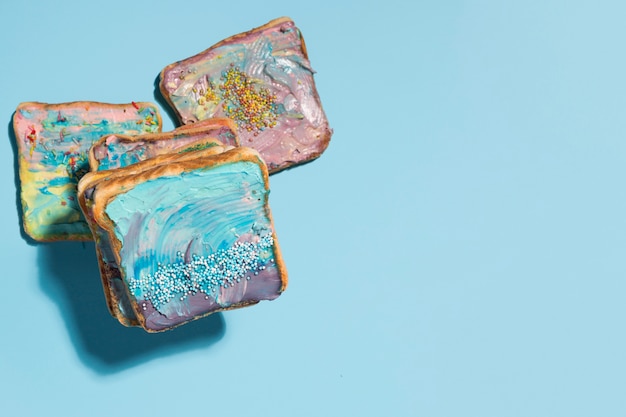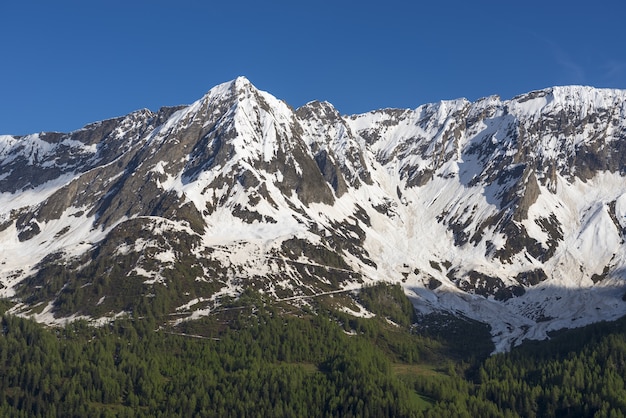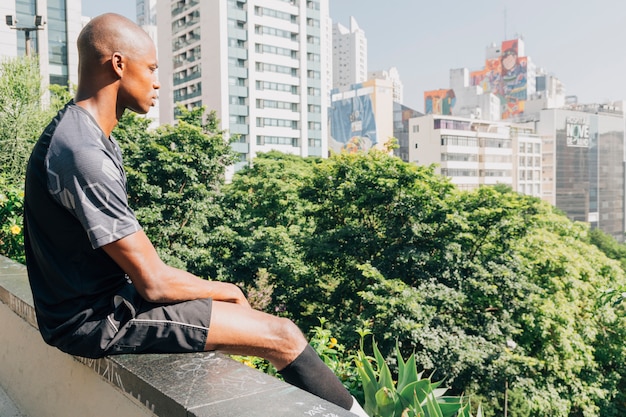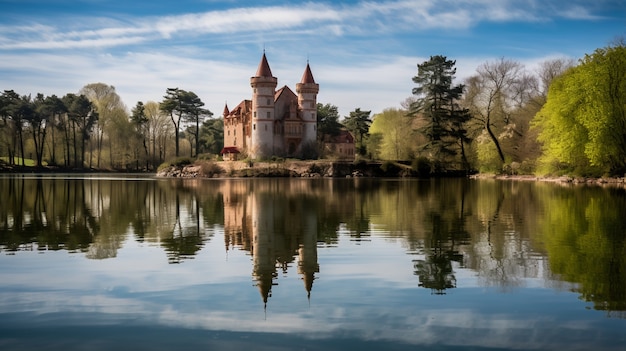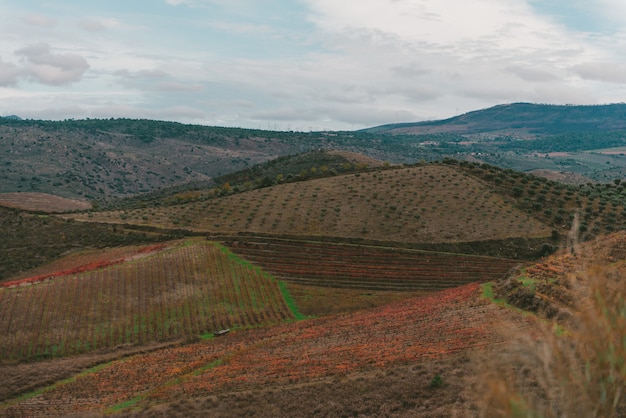
Montpelier Plantation & Beach is a charming boutique hotel located on the unspoiled island of Nevis, part of the twin-island nation of St. Kitts and Nevis. Nestled in the ruins of an old sugar plantation on the slopes of Nevis Peak, this luxury retreat combines historic charm with a sleek, stylish aesthetic, offering an authentic Caribbean experience where time seems to stand still.
Montpelier Plantation has a rich history dating back to the 1680s. By the mid-18th century, Nevis was one of the wealthiest areas in the British Empire due to its profitable sugar plantations, which were unfortunately worked by enslaved Africans. The estate is also known for the romantic story of a young sea captain, Horatio Nelson, who married Fanny Nisbet, a young widow and niece of the plantation’s owner, under a silk cotton tree near the hotel.
As the sugar industry declined and slavery was abolished, the plantation fell into disrepair until it was purchased and restored into a hotel by James Milnes-Gaskell in 1960. The estate’s stone sugar factory was transformed into an elegant bar and restaurant, and cottages were built among the lush gardens. In 2002, the hotel was acquired by the Hoffman family, who infused it with a contemporary style, turning it into a chic boutique retreat with just 19 rooms.
The Hoffmans, including Lincoln and Muffin Hoffman, have been dedicated to maintaining the personal and welcoming atmosphere of the hotel. Although Lincoln passed away, Muffin, along with her son Timothy and daughter-in-law Meredith, continue to run the hotel. The family’s golden Labrador, Cosmo, is a beloved presence at the hotel, often greeting guests.
Montpelier Plantation & Beach offers a variety of accommodations, including Plantation and Premier rooms, the Garden Suite, and the Tamarind Villa. The rooms are situated in contemporary cottages scattered within the lush gardens, each with private verandahs that provide a sense of seclusion. The rooms are designed to catch the natural breezes, reducing the need for continuous air conditioning.
The Garden Suite, recently refurbished with sustainability in mind, offers a spacious and luxurious option for guests, featuring bamboo flooring, wide windows, and a private gazebo. The Tamarind Villa, with its two en suite bedrooms, sun deck, and private plunge pool, is ideal for families seeking more space and privacy.
The hotel’s 60-foot mosaic pool is the focal point for relaxation, surrounded by palm trees and sun loungers. The Indigo poolside restaurant offers casual dining and cocktails in a shaded, breezy setting. Montpelier’s history is highlighted by the marriage of Horatio Nelson and Frances Nisbet, with a commemorative plaque near the hotel.
Dining at Montpelier is a gourmet experience. The hotel’s main restaurant, Restaurant 750, offers exceptional cuisine with Caribbean and international influences. The dining experience starts in the elegant Great Room and moves to a terrace overlooking the gardens. The hotel’s creative Chef de cuisine, Halva Browne, ensures that the menu changes daily, focusing on fresh, local produce.
For a special occasion, the Mill Privée offers an intimate 7-course dining experience in a converted 300-year-old sugar mill. The hotel also features afternoon tea at Indigo, with freshly baked scones and a selection of teas.
Montpelier Plantation & Beach is also known for its secluded beach area, a 15-minute drive from the hotel. The beach offers cabanas, loungers, and a beach bar exclusively for hotel guests. Guests can enjoy a picnic lunch from the hotel and participate in the popular sunset beach BBQ with live music.
The hotel encourages guests to explore Nevis, with activities such as hiking, tennis, yoga, and spa treatments. Sustainability initiatives are a priority at Montpelier, with efforts to reduce plastic use and support local producers.
Montpelier Plantation & Beach is a luxurious boutique hotel perfect for those seeking a relaxing, historic, and sustainable Caribbean getaway. The hotel’s unique blend of charm, elegance, and personal service makes it a standout destination on the beautiful island of Nevis.

